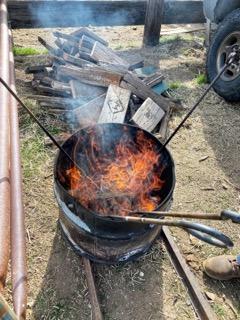Branding
What is it and why do we do it
Branding is the marking of cattle. Its primary propose is to identify the ownership of livestock. Each ranch in the west has a unique Brand.
Branding is done by burning the hide with a hot iron in the shape of the owners brand. This , provides a mark that is easily visible and cannot be removed in order to insure that lost or stolen cattle can be returned to the rightful owner.
The brand is normally designed by the owner and registered with the State Department of Food And Agriculture animal ID department. The brand consists of letters and/or symbols that usually have some meaning for the owner.
Our brand the “Diamond Inner Letter W” or Diamond W for short. It was registered by my Grandfather in Idaho and I was able to get it registered in California when I started ranching here.
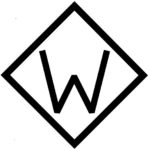
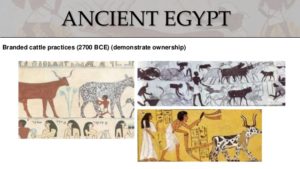
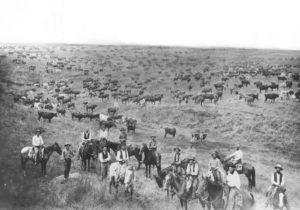
Branding Cattle was first documented over 4700BC and had probably been being done for quite some time before that.
The practice was brought to America by the Spanish. The rugged terrain and arid climate of the American west made farming many of the crops farmers had been growing difficult, but proved ideal for livestock grazing, and being able to identify ownership on the vast rangelands was key to the development of the cattle industry which was a key economic driver in the settlement of the west.
Why we brand
On the vast rangelands of the west being able to identify ownership is critical. Cattle rustling is still a thing and sometimes cattle can get mixed up in with the neighbors cattle. The brand provides a easy way to tell who the animal belongs to. It helps to avoid disputes between neighbors and provides evidence against thieves.
Although other means of identifying animals such as ear tags and collars have been developed and are being used, they can fall off or be removed. Branding is still the only way to permanently mark the animal that easily identifiable and is economically feasible.
How we brand
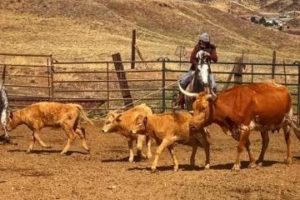
There are several methods of branding calves, each of which has its advantages and drawbacks depending on the circumstances of the operation. Our goal, and the goal of most ranchers is to reduce the stress and discomfort to the calf as much as possible. We have found that for us this is best accomplished by holding the heard in a roder. One rider will rope the calf and taking them near the branding fire where another rider will catch the heels.

Once the calf has been secured with two ropes the ground crew gets to work by first removing the rope from the neck of the calf and putting it around the front legs and checking to make sure both hind legs are secure. The calf is then tagged with a ear tag number for identification, given vaccinations, bulls are castrated, they are branded, and then released to go back to there mothers. All this is done in about a minute.

The advantage to this method is the short duration the calf is restrained and away form its mother. Other methods involve bringing the cattle into the corrals where calves are separated form there mothers until the work is complete. I have branded or helped to brand thousands of caves and I am convinced that the hardest part for the calf is the stress of separation from its mother and being restrained. By minimizing the time spent away for its mother the stress and trauma is greatly minimized.
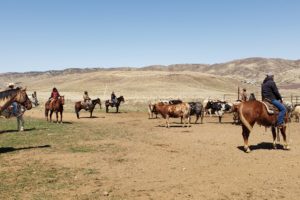
The biggest drawback with this method, and I believe the reason that is is not more widely used among ranchers, is that to be effective and efficient it takes a crew that is highly skilled in stockmanship, horsemanship, and the use of a rope. We are fortunate that we have friends that are highly skilled in these areas and are willing to help.

The process we use is remarkably similar to the methods vaqueros and cowboys used over 150 years ago. The knowledge, skills and traditions of handling livestock a have been passed down through generations, and there are still a select few men and women who have taken the time and put in the effort to developed these skills to the point that they can safely and effectively work livestock in this manner.

